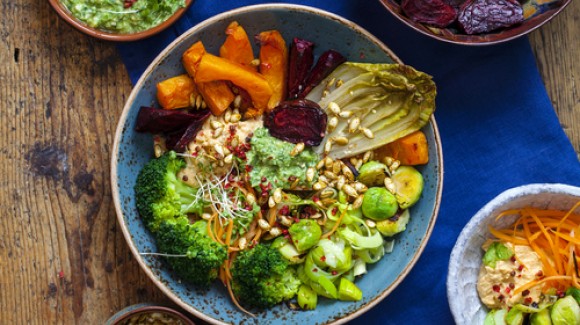
Cooking
The “Maria” bath technique is a simple way to preserve food
In the past there were many ways to preseve food, such as drying, smoking, pickling/using vinegar, salting, syrups, marinades, etc., today we mainly just use our refrigerators and freezers to keep our fruits and vegetables fresh.
The boiling water or sterilization bath, known in Spain as the 'Maria bath', has managed to stick around as a simple, inexpensive method to conserve fruits and some (high-acidic) vegetables such as tomatoes or pickled vegetables.
This method can be used to make different jams, marmalades, jellies, sauces or even preserve cooked tomatoes or capsicums. Perfect when you have a successful harvest or just want to preseve local aand in-season produce when it is abundant.
Sterilization baths work by eliminating all microorganisms capable of contaminating certain foods using high temperatures (above 100°C), extending the life of the food to up to a year in perfect conditions. Sterilized, in vacuum sealed jars, it is best stored in cool, dry places away from the light (like the old cupboards in your grandma’s house).
How to prepare a boiling water bath:
- First, carefully select the fruits or vegetables. Take note that there are no flaws or pest, and that they are sufficiently ripe (but not overripe). Thoroughly wash with water and peel if desired (eg: tomatoes), then chop the fruits or vegetables.
- The jars to fill with your preserves must also be clean, without any chips or imperfections, as this will prevent the lid from vacuum sealing. Before filling, sterilize in boiling water, as you would a baby bottle. Once disinfected, dry them well. You may want to heat the jars if you will be filling them with hot cooked fruit/vegetables to prevent them shattering.
- With the vegetables, and some fruits, it is recommended to blanch (cook for a few minutes) prior to packing; this also helps kill germs. Fill the jar with the chopped fruits/vegetables, and fill jar with a little water, leaving a little bit of space below the lid. If you are making jam or preserves, these are usually cooked with syrup (sugar water) and spices/flavourings. Sugar, in high concentrations, produces an anaerobic environment that prevents the further development of certain germs, however, subsequent sterilization is still required. Some people like to add salt to the water for some vegetables to increase the boiling point and achieve a more efficient sterilization, however, this is mainly for flavour.
- Next, put the jars in a large pot, with water up to the neck of the jars (just below the cap). There should be plenty of room for the water to circulate around and even below, if possible. For proper sterilization, average cooking time is around 40 minutes over medium heat, more if the jars are very large.
- Leave the jars in the water some time, until they have begun to harden, then take them out carefully and set to dry. Let cool completely (around 12-24 hours) and check that the lid has sealed. You may hear a pop when the lids start sealing.
- Store in a cool dry place, away from light, such as a pantry or cupboard. Don’t forget to label each jar indicating what it holds and when it was packed.



